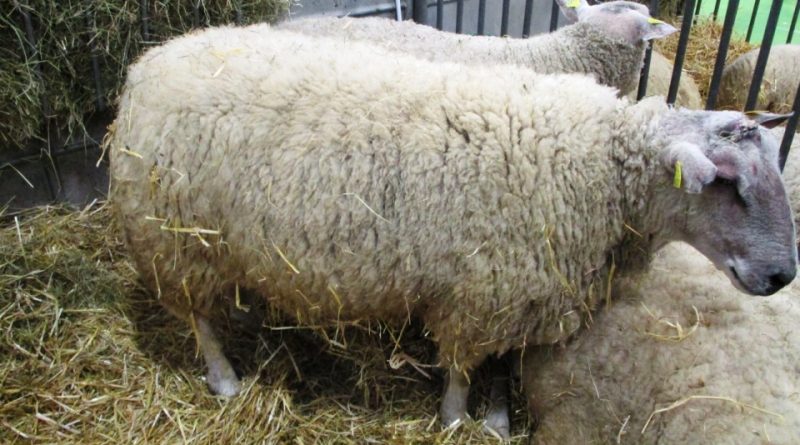Boulonnaise
Boulonnaise
The Boulonnaise is a sheep (Ovis aries Linnaeus, 1758) from the north of France, with a main aptitude for meat production.
Systematics –
From a systematic point of view it belongs to:
Eukaryota Domain,
Kingdom Animalia,
Phylum Chordata,
Mammalia class,
Order Artiodactyla,
Suborder Ruminantia,
Bovidae family,
Caprinae subfamily,
Genus Ovis,
Species O. aries,
Breed Boulonnaise.
Geographic and Area Distribution –
The Boulonnaise sheep breed is a sheep that is present mainly in an area in the north of France and corresponding to the Boulonnais region; it is a natural coastal region of France, located on the Channel coast in the department of Pas de Calais. It forms the hinterland of the port of Boulogne-sur-Mer. however, the greatest presence is along the limestone ridges of Cap Blanc-Nez which is a locality located on the Côte d’Opale, in the French department of Pas de Calais, in northern France.
Origins and History –
The Boulonnaise breed was born between the 18th and 19th centuries from the cross between the Artesiana, a descendant of the Flemish breed present in northern France in the 17th century, and the British sheep.
The breed consolidated, after a century of selection, around 1880. The population of Boulonnaise, of which 170,000 head were counted in 1923, however, underwent a drastic decrease in the second half of the twentieth century, to the point of almost extinction between the 1950 and 1980, when only very few specimens remained reproduced in purity thanks to the obstinacy of some passionate breeders.
However, it was the creation of the Boulonnaise Breeders’ Association in 1984, the first step in the revival of the breed, establishing a partnership with the Regional Center for Genetic Resources of Nord-Pas de Calais. In 1991 the breed was officially recognized by the Ministry of Agriculture and registered in the herd book of sheep by ALGO (Association des Livres Généalogiques Ovins). In 1998 the “Agneau Bourdonnais, Agneau des terroirs du Nord” chain was established, which brings together the artisanal butchers of the region in order to enhance the meat of this breed (currently there are six butchers who sell Boulonnais lamb meat).
According to data provided by the Regional Center for Genetic Resources, which has been following and accompanying the process of relaunching the breed since the 1980s, there are 2,500 sheep distributed among 35 breeders.
The INRA, in 2014, however, surveyed 3,000 breeding females. Beyond the discrepancies in the numbers, the figures remain far below the 6000 breeding females as a critical threshold for sheep breeds at risk of abandonment.
In fact, despite the increase recorded since 1980, the current number of animals does not allow us to consider the Boulonnaise out of danger.
Morphology –
The Boulonnaise is a large-sized sheep, whose distinctive sign are its characteristic well-set ears and in the shape of a “croissant”, facing forward.
The height at the withers is about 75 cm and has an elongated, solid and robust body; the weight of the males varies between 130 and 150 kg, while for the sheep it is between 75 and 90 kg. The head is thin, of a color tending to a bluish blue, while the nose is dark; the fleece, abundant and devoid of black spots, does not cover the head and stops at the shins.
Productive attitude –
The Boulonnaise is a rustic breed from the north of France which, in addition to being known for the lamb meat, which is particularly tender, pink and of excellent taste quality, is also precious for the other characteristics that make it a real ally in agro-pastoral management. of the limestone ridges of Cap Blanc-Nez, the place where its presence is most rooted: they are robust and precocious animals, with a good aptitude for walking and without great needs in terms of nutrition.
This very rustic breed has many qualities: if it is renowned mainly for the meat of lambs, its presence and role are also essential for the balance of the territories it populates. The numerous projects underway and the collaborations initiated between farmers and environmental management bodies go exactly in this direction.
Guido Bissanti
Sources-
– Wikipedia, the free encyclopedia.
– Daniele Bigi, Alessio Zanon, 2010. Atlas of native breeds. Cattle, horses, sheep and goats, pigs reared in Italy, Edagricole-New Business Media, Bologna.

